Imagine peering into your backyard after a rainstorm, watching earthworms wriggle through the soil. Suddenly, a question bubbles up: What would happen if you cut one of these creatures in half? Stories and myths abound—some say you’ll get two worms, others claim the earthworm dies instantly. The truth is far more fascinating, rooted in biology and the wonders of regeneration. Let’s journey beneath the surface and uncover the real story of what happens when an earthworm is split in two.
The Origin of the Worm Myth
For generations, people have believed that slicing an earthworm in half creates two new, living worms. This classic playground tale is surprisingly persistent, captivating kids and adults alike. The idea likely started because earthworms can survive for a time after being cut, with both halves sometimes moving. In reality, the truth is more complex than the simple myth. Earthworms are not magical creatures with endless regenerative powers. Instead, their fate depends on where and how they’re cut. This misunderstanding shows how easily nature’s mysteries can become distorted through word of mouth. The myth lingers, but science paints a different picture.
Understanding Earthworm Anatomy
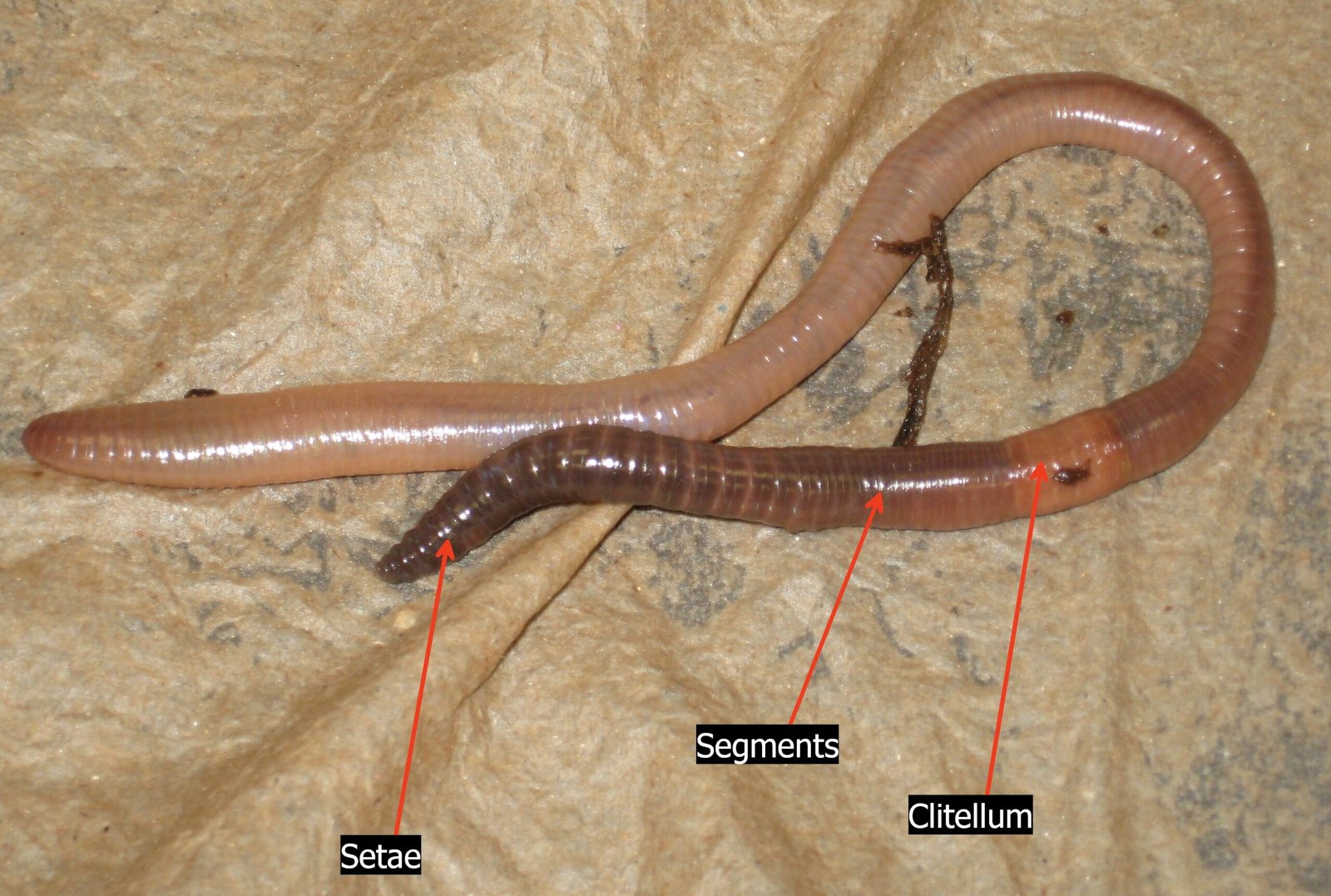
Earthworms may look simple, but their bodies are marvels of natural engineering. They are made up of many segments, each lined up like beads on a string. At the head end, you’ll find the mouth, brain, and a thick band called the clitellum, which is important for reproduction. The tail end is far less complex, lacking vital organs needed for survival. Inside, earthworms have a digestive system, a nerve cord, and even tiny hearts. This segmented body plan is key to understanding what happens when they’re cut. The front half is packed with essential organs, while the back half is mainly muscle and intestine. This distinction plays a huge role in their ability to recover—or not—after injury.
What Actually Happens When You Cut an Earthworm
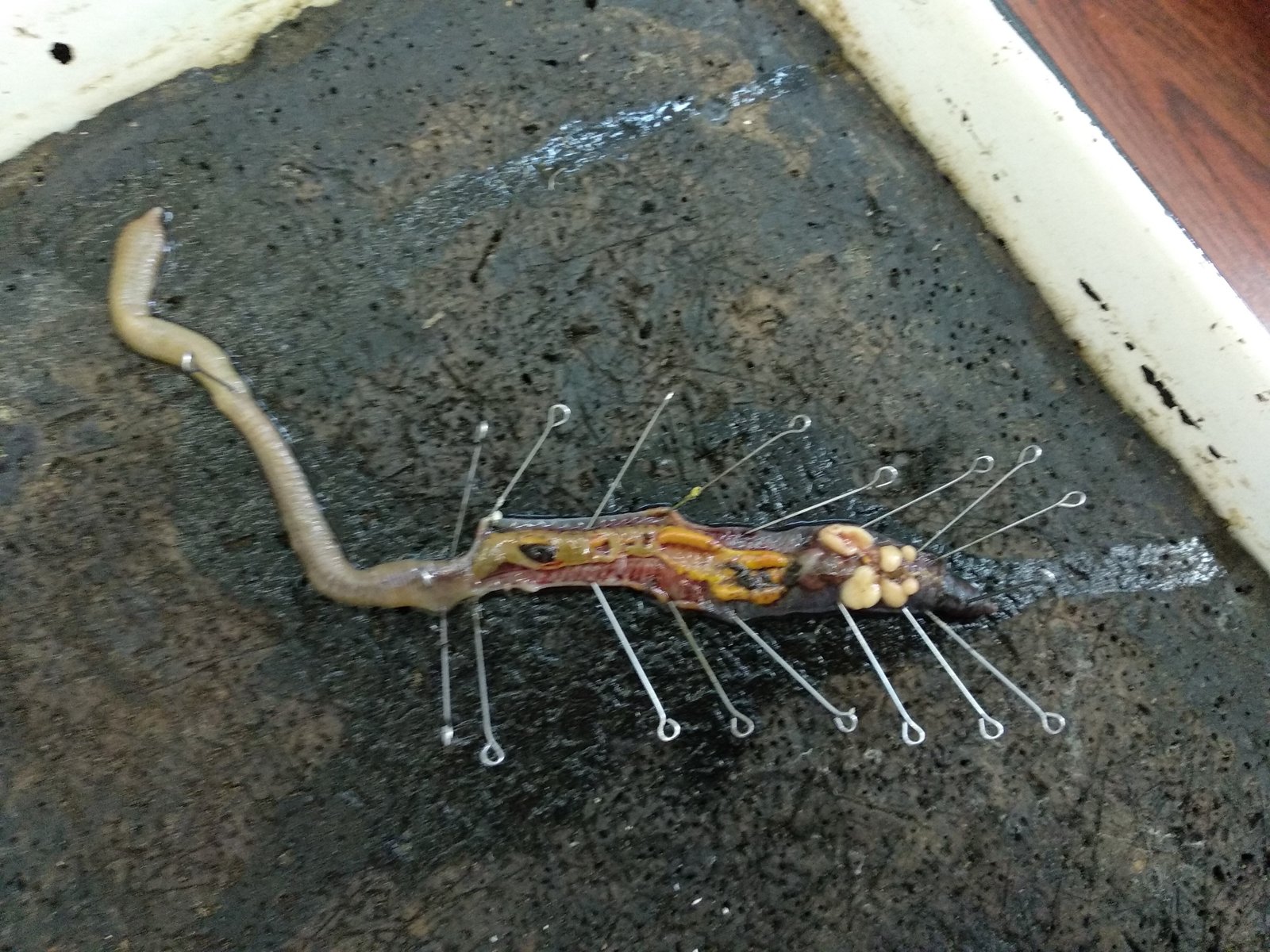
Let’s set the record straight: if you cut an earthworm in half, you won’t get two fully-formed, living worms. The outcome depends entirely on where the cut occurs. If the cut is close to the head, the smaller head section has a chance of survival, while the tail section almost always dies. The head contains the brain and mouth, both essential for life. The tail, lacking these organs, cannot regenerate a new head or survive for long. Sometimes, the head end may regrow segments and heal, but it rarely becomes a perfect, whole worm again. The back end usually writhes for a while due to nerve responses, but this doesn’t mean it’s alive or will recover.
The Science of Regeneration
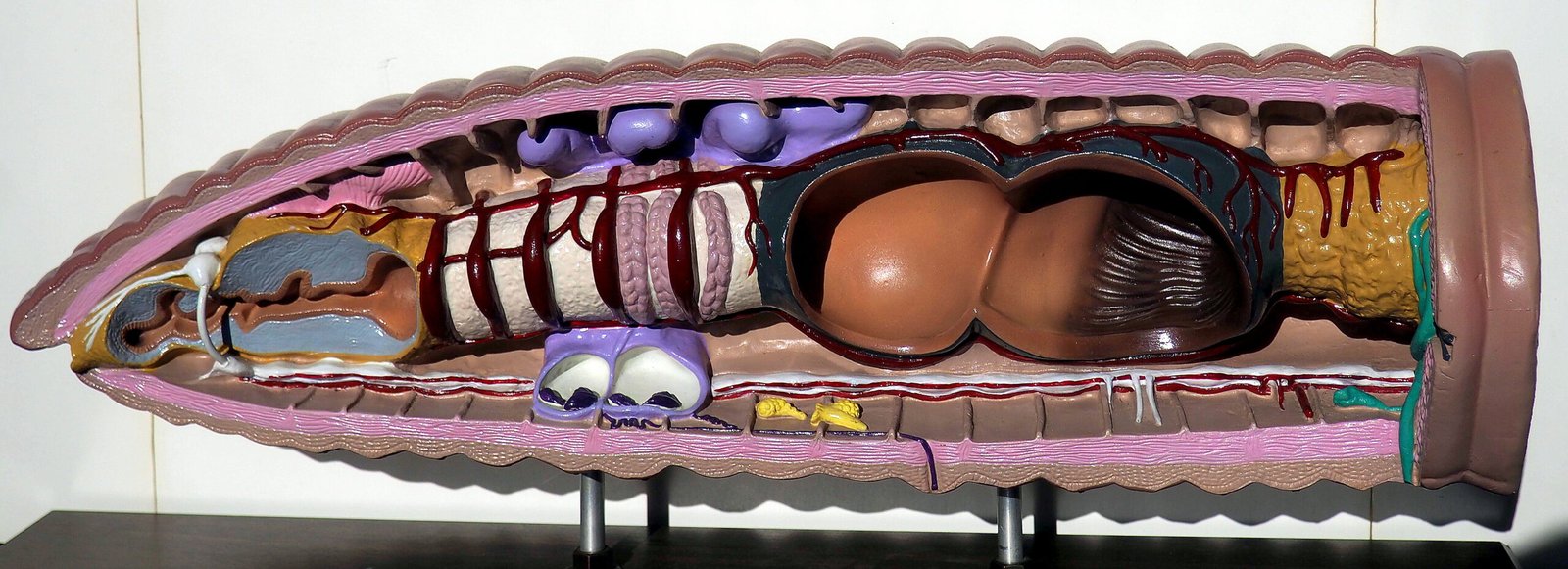
Earthworms are famous for their regenerative abilities, but these powers have strict limits. Some species can regrow lost segments, especially if the injury is behind the clitellum. This process is called regeneration and involves cells at the wound site multiplying and replacing missing tissue. However, not all segments can be regrown, and the process is slow and risky. Only a few types of earthworms can regenerate parts of their bodies, and even then, only the head end can truly recover. The tail end cannot grow a new head, as it lacks the necessary tissues and organs. Regeneration is an impressive survival strategy, but it’s far from a guarantee of new life.
Why the Head Matters Most
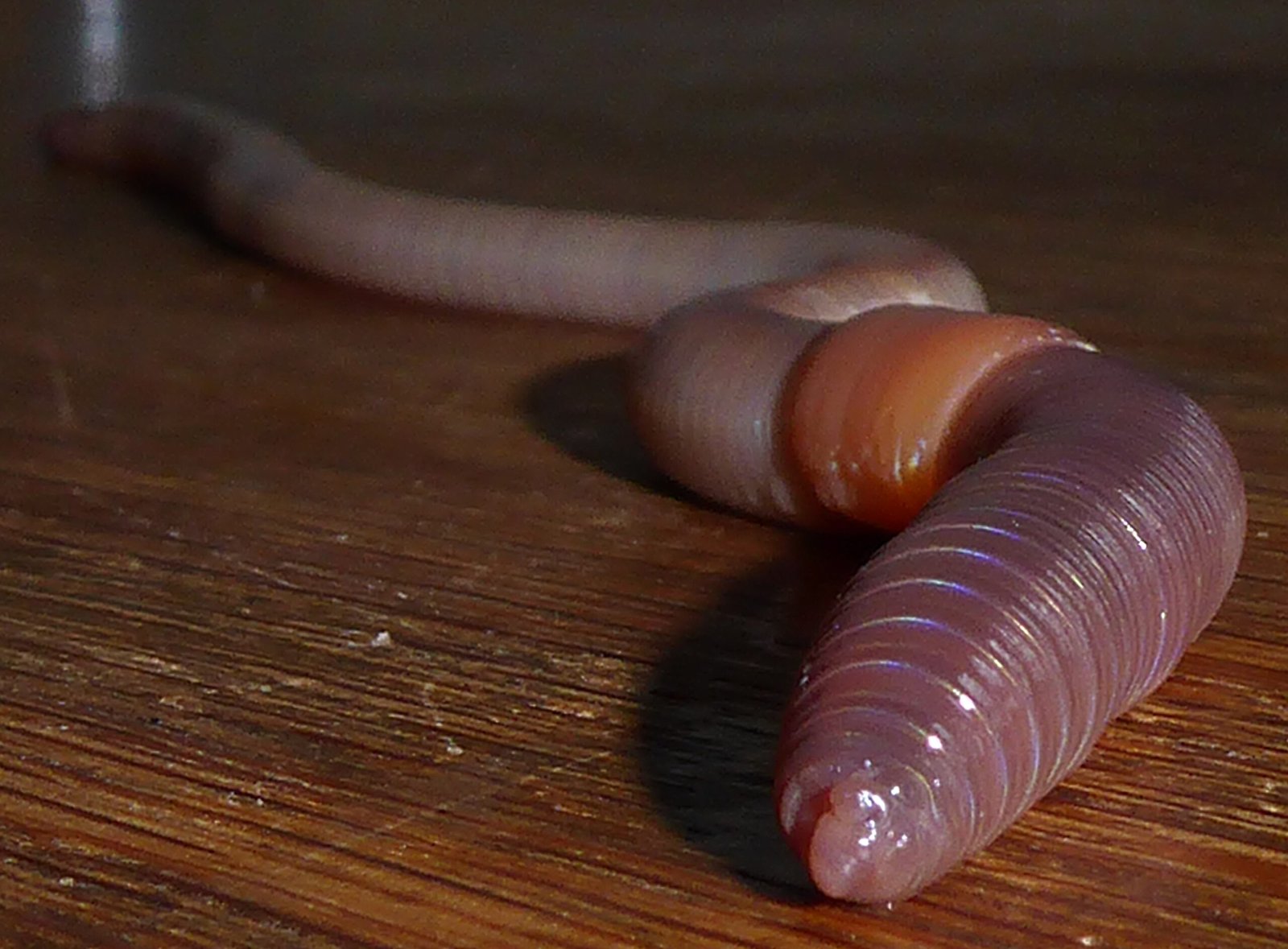
The secret to earthworm survival lies in the head. The head end contains the brain, mouth, and sensory organs—the command center of the worm. Without these, an earthworm cannot eat, sense its environment, or control its body. If the head is preserved after a cut, there’s a chance it may survive and regenerate some tissue. But if the head is lost, survival is impossible. The body’s front end is like the engine of a car; without it, nothing else will function. The tail, in contrast, is more like a trailer—helpful, but not essential for the basics of life. That’s why cutting a worm in the middle rarely produces two healthy worms.
How Earthworms Respond to Injury
When an earthworm is injured, its body kicks into emergency mode. Muscle contractions help close the wound, and special cells rush to the site to prevent infection. The worm secretes mucus to keep the area moist, as drying out can be deadly. If the head is intact, the worm may stop moving for a while, focusing on healing. During the regeneration process, the worm is especially vulnerable to predators, dehydration, and disease. This fragile period can last days or weeks, and not all worms survive. Still, the ability to heal at all is a remarkable adaptation to a dangerous world.
Common Misconceptions About Earthworm Regeneration
Many people think earthworms are almost immortal, able to survive even the most gruesome injuries. In reality, their regenerative abilities are limited and often misunderstood. Not every worm can regrow lost segments, and many die from infection or dehydration after being cut. The myth of two worms from one is just that—a myth. Earthworms are tough, but they aren’t superheroes. Their survival depends on the location of the cut, the species, and the environment. Understanding these limits helps us appreciate the real, but not magical, abilities of these garden dwellers.
The Role of Earthworms in the Ecosystem
Earthworms are often called “nature’s plows” for a reason. They play a vital role in soil health, breaking down organic matter and aerating the ground. Their tunnels allow air and water to reach plant roots, helping gardens and forests thrive. When earthworms are harmed or killed in large numbers, the entire ecosystem can suffer. Their importance goes far beyond their ability to regenerate. Earthworms are unsung heroes, quietly supporting life above ground through their work below. Protecting them means protecting the soil and everything that grows in it.
What Cutting an Earthworm Teaches Us About Nature
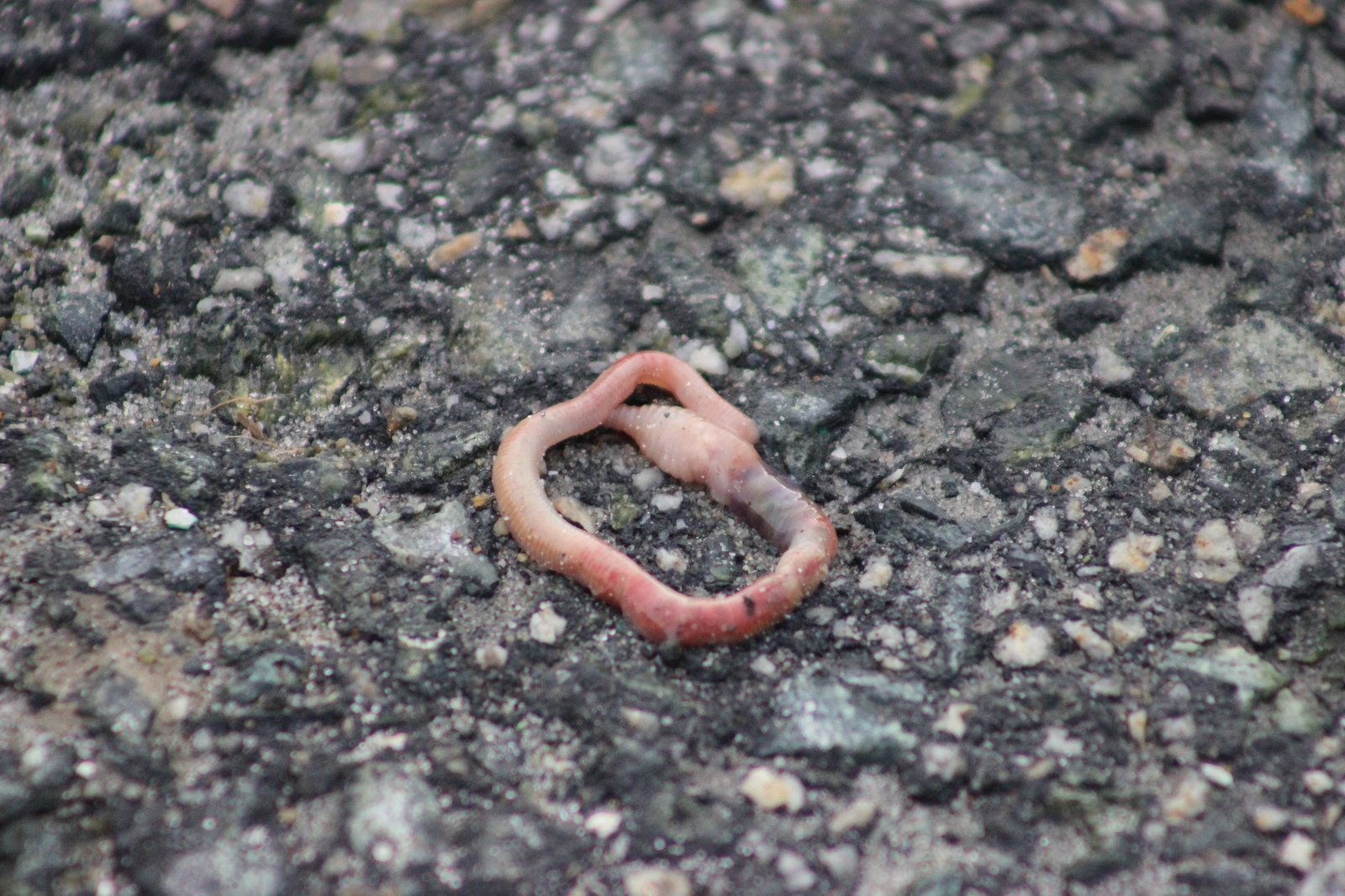
The story of the earthworm is a lesson in both resilience and vulnerability. Their ability to regenerate is a testament to nature’s ingenuity, but it also highlights the delicate balance of life. Simple actions, like digging in the garden, can have unintended consequences for these creatures. Observing how earthworms respond to injury reminds us that every living being has limits, no matter how tough they seem. The myths we carry often hide deeper truths about the natural world, waiting to be uncovered through curiosity and respect.
Ethical Considerations and Respect for Life
Cutting earthworms, whether out of curiosity or by accident, raises important ethical questions. These creatures, though small, feel pain and stress. Scientific studies show that earthworms react to injury and can suffer, just like larger animals. Treating them with respect means recognizing their role in the ecosystem and their right to exist without unnecessary harm. Next time you see an earthworm, consider its life beneath the surface and the challenges it faces. Small actions, like being gentle when gardening, can make a big difference.
Reflecting on Earthworm Myths and Realities
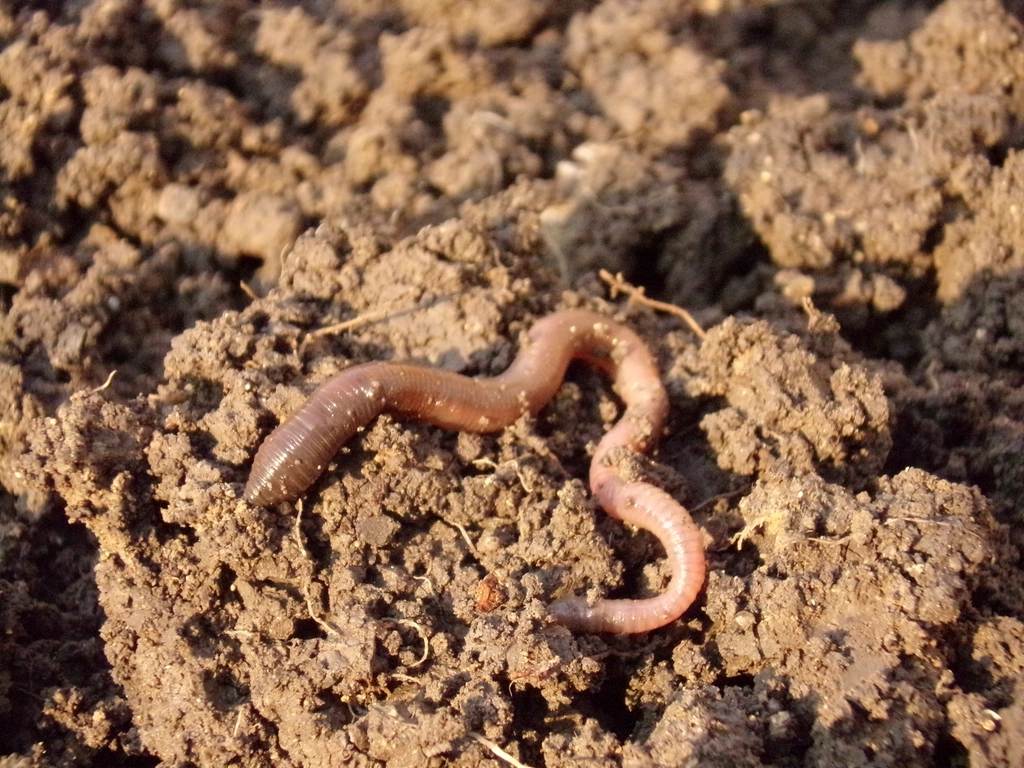
The myth of the two-headed worm is a classic tale, but the real story is far more interesting. Earthworms can heal and sometimes regrow parts, but they are not the endlessly regenerating creatures of legend. Their story is about survival, adaptation, and the limits of nature’s magic. By understanding the truth behind the myth, we not only discover the amazing biology of earthworms but also learn to appreciate the fragile web of life they support. Would you have guessed how much mystery lies beneath your feet?


